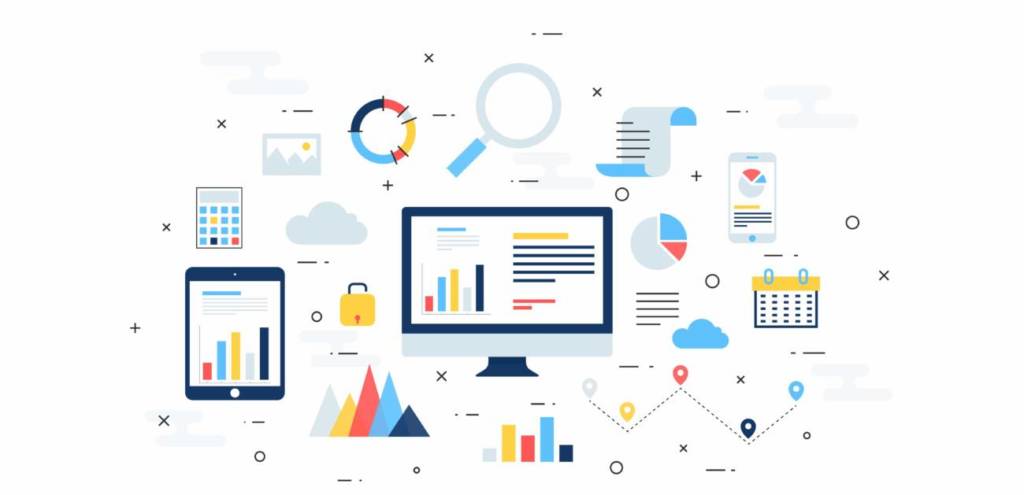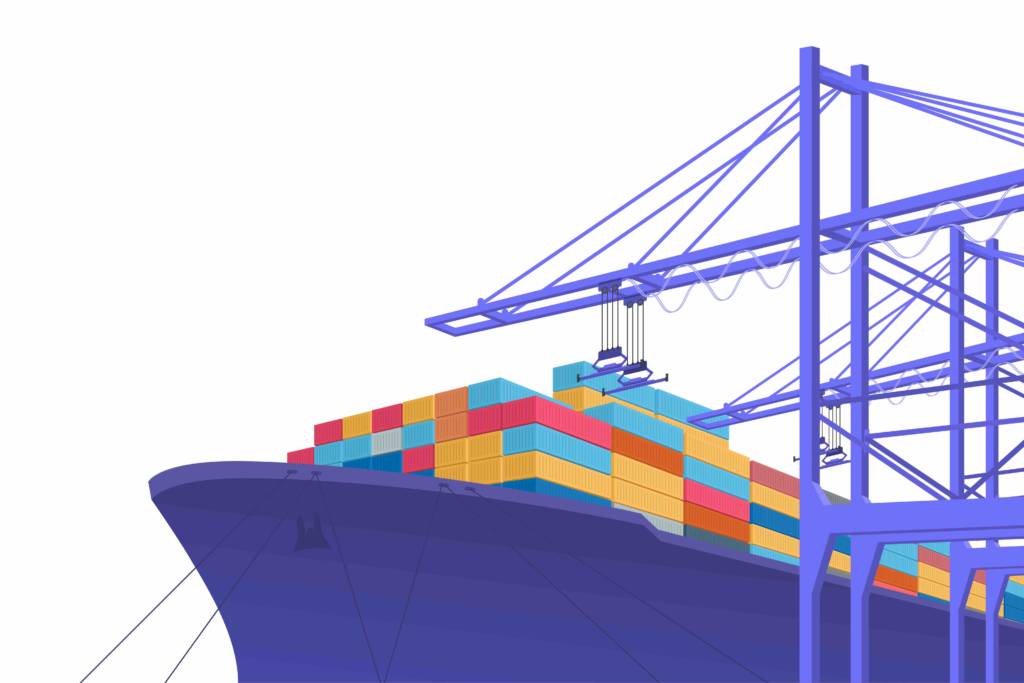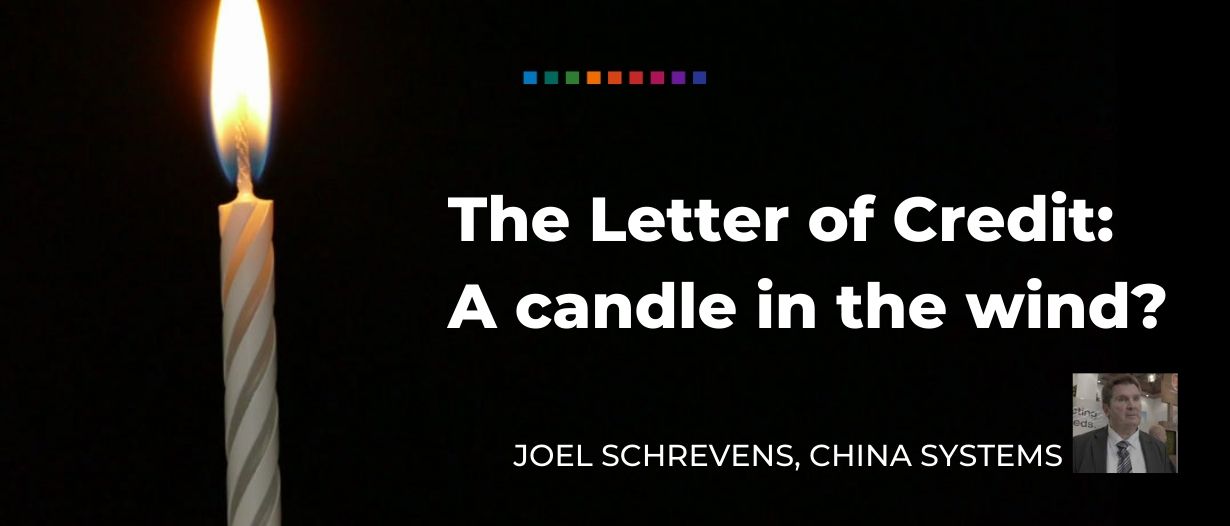Opinion Piece. Following on from our recent ISO 20022 podcast with SWIFT, TFG heard from Joel Schrevens, China Systems, discussing messaging structures in relation to the exchange of trade data. Is SWIFT MT7xx or ISO20022 the right way forward? Why didn’t the BPO take off?

There’s nothing like the light of a candle to create a warm atmosphere in your home. I like to use them for special occasions. For daily functional purposes, I use electric light.
Shedding the light on trade data
Physical documents are like candles, as they ‘shed light’ on trade data. We can keep improving them, making them more OCR ready so that we can use artificial intelligence to automate document checks etc., but the biggest problem is you need to physically move them around. To power the LC, we need electricity, not candles.
The reality is that more and more trade initiatives are producing their ‘electricity’ locally, i.e. providing visibility on trade data within their own ecosystem, network, consortium, portal etc. using their own standards. For vertical, industry specific solutions, such approach may work, but it can be questioned whether this is an approach that will provide the transparency that global cross-industry trade services require.
It is clear that the problem is not the LC itself. The two big challenges are the physical nature of documents and the SWIFT message structures to exchange the related trade data. Before I continue, let me make clear that in the absence of a more advanced, proven and widely available alternative, the SWIFT MT7xx, as an electronic version of originally a paper document, has done a great job… despite frustrations with some of its inefficiencies and related UCP rules on e.g. LC amendments, which make it impossible to perform straightforward automation.
It is a great instrument but it has never been upgraded. An argument on the reasons for that is futile. True digitalisation in trade should be a “source to settlement” process, i.e. data inheritance from PO to LC (if chosen as settlement method), from LC to Invoice, from Invoice to Collection and Settlement, and automated reconciliation in the opposite direction. Today, an MT7xx is structured as far as amounts and dates are concerned, but goods, documents required, instructions etc. are unstructured. Not efficient. It would not be too difficult to structure this for the bulk of the business.
Trade origination is done by buyers and sellers, so all financial messaging should reflect that, meaning it should be payables and receivables focussed, not trade instrument focussed.
All Trade activities source their data from mainly two documents, an Order and an Invoice. Most other activities can be considered as services tapping into that data (e.g. financing, insurance, transport/logistics management, goods certifications, settlement, reconciliation, risk distribution etc.) and of course these services enrich the original data, but a company’s business (production, tracking of inventory, purchase and sales, cash flow management etc.) is heavily based on Order and Invoice data.

First impressions count
This ground work was done for BPO, in terms of providing ISO20022 standards for PO and Invoice. The ISO20022 data dictionary should have found its way into all traditional trade processing so that we can close the loop between trade origination, document presentation and settlement. In today’s world, like we can pay our invoices in a click, buyers should be able to request LCs and other TF instruments in a click, based on mainly PO and Invoice data.
The BPO did not take off… but for the wrong reasons. You only get one chance to make a good impression, so the initial pitch that the BPO had nothing to do with an LC, backfired and turned it into the new kid on the block. Instead of being embraced (operationally and legally) as the instrument providing a fast MX based alternative for less complex transactions, offering coexistence with and an upgrade path for the FIN/MT based LC, it was considered by many as a threat. Meanwhile it has been going through a rebirth and rebrand with a number of platform providers. Shows how important market psychology and timing can be!
Blockchain’ll fix it?
There is no doubt that blockchain consortiums can offer a more efficient way for LC participants to interact, but they are not going to solve the challenges at a large scale, if the industry does not agree on a common core trade dataset, based on PO and Invoice. If we cannot establish that as a foundation, efficient ePresentations will remain a pipe dream. This core trade dataset foundation, extended with a digital (negotiable) Bill of Exchange and the (e)BL could provide a major boost to the digitalisation of trade.
I believe everyone agrees that real progress will be based on a move from physical documents to digital trade datasets. There is nothing wrong with this objective, but I believe it is crucial to first define the path for transformation and interoperability. I hope the ICC Digital Standards Initiative sets itself realistic targets. In a world which is not ready yet for everyone to drive electric cars, either because of cost or infrastructure, hybrid vehicles and range extenders provide a viable alternative. Similarly, there are technology solutions to also achieve this transformation and adoption approach with documents, and yes, legal aspects cannot be ignored.
It is clear that candles won’t be enough to navigate us through the seas of change. For that we’ll need incisive beacons of light and highly focussed captains of Trade industry.

































